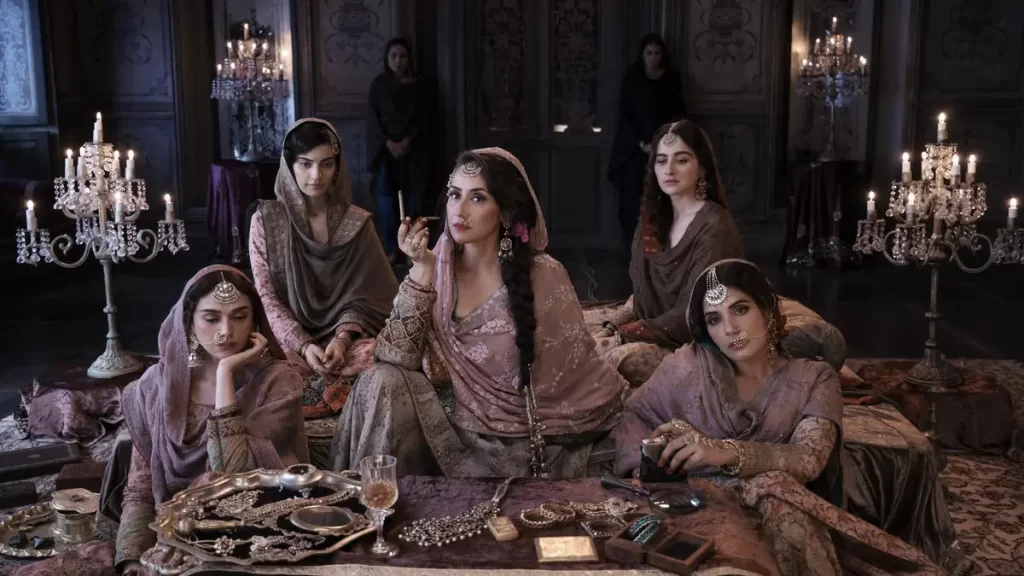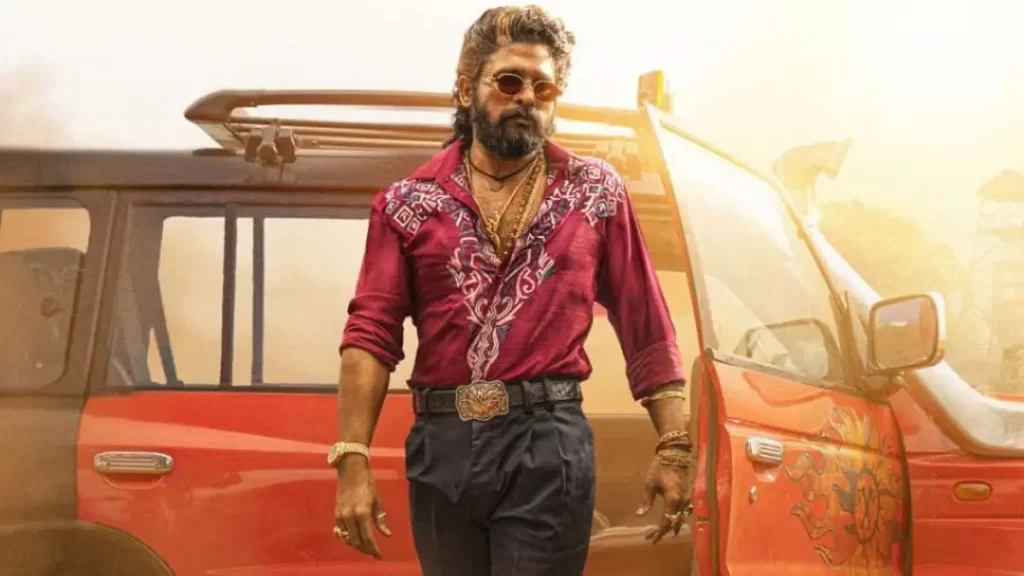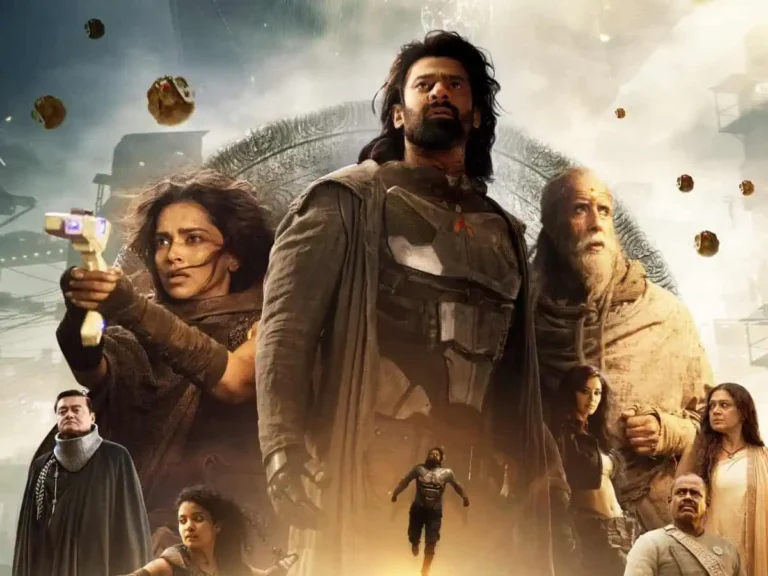From ‘Pushpa – 2’ on screens to ‘Heeramandi’ on Netflix, the biggest successes seem to indicate a return to desi flavours in terms of filmmaking.
There was a question about why Pushpa – 2 was hogging all the screens in the country’s multiplexes. In response, exhibitors said that they were not in the charity business, and could only screen what people wanted to see, and given that so many films flop during the year, it is only logical that they would try and maximise the money they make out of a megahit like Pushpa – 2. This may sound cruel to people making other kinds of movies, but that is a different article. Here, I just want to say that after the huge success of Jawan, Gadar – 2, Animal, Kalki 2898 AD, Stree – 2, and now, Pushpa -2, it may_a clear sign that if you want a big hit, then you need big audiences, and the way to get those big audiences across the length and breadth of the country is to make films the “Indian” way.

Sanjay Leela Bhansali proved this with OTT. Heeramandi was not one of the “cool” shows, or something “Indianised” through a Western lens. It wasn’t about the underworld, it had no cursing, and if it did feature a lot of violence, that was more emotional than physical. When Google released their top searches for the year, the only Indian television show was Heeramandi (at No. 4), alongside global hits like Baby Reindeer. SLB brought seeti-maar cinema from the big screen to the small screen, and proved that there were millions of viewers waiting for this kind of storytelling. And at a time on-screen music is fast-disappearing, Heeramandi proved that there was a market for classically inclined songs. The show was released in May, and by September, the songs had been streamed over 200 million times. Heeramandi became the most-‘viewed Indian series globally, and by June, Netflix announced a second season.
This, I think, proves two things. One: what the Indian viewer wants (and by “Indian viewer”, I mean across cities, towns, villages) has more or less been the same. They don’t want subtlety. They like melodrama. They want the Sonakshi Sinha character to make that dramatic entrance, and later express her villainy with words like, “Ishq ne raasta dikhaya hai. Yaar ka naam leke aage badh jaaiye”. Only Bhansali seems capable of (or interested in) making women-centric masala movies, and several scenes in Heeramandi are what you’d call total paisa-vasool. Sukumar, too, gives us a deliciously lusty heroine in Pushpa – 2, someone who is unapologetic about her “peeling-s”. I think it’s guaranteed that this flavour of filmmaking will find little favour with high-minded critics, who define Art in the most narrow way. But audiences won’t care.

With Heeramandi – Season Two, a third helping of Pushpa, and right-around Christmas, a hugely anticipated remake of Vijay’s mega-hit Theri, starring Varun Dhawan and Keerthy Suresh, I get the feeling the Great Indian Mainstream is back in business. Some people I speak to in Mumbai (mostly, younger folks), complain about what they call the “southern-isation” of Hindi cinema. But melodrama and masala and mass have never been a south-only consideration. It’s just that the South never abandoned these flavours, like the North did, except for staunch believers like SLB, who – come hell or high water – will never abandon his love for films like Mughal-e-Azam or Pakeezah. And the success of Heeramandi proves that there’s a world of viewers who think like him. The way Bhansali and the others respect the past even while finding ways to make it their own, in the present, is truly something else.


